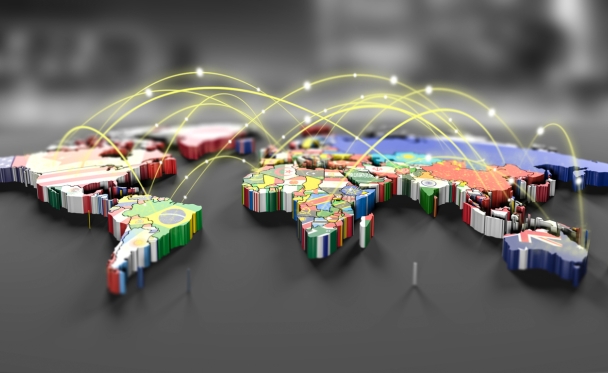
Visualizing Public Diplomacy
Digital diplomacy is here to stay, and it is now an embedded practice for Ministries of Foreign Affairs (MFAs) across the globe. As diplomats create and disseminate visuals on a daily basis to obtain offline policy goals, MFAs have institutionalized the process of visual narration. Visuals serve as ideological devices to promote a certain worldview and enable the delivery of elaborate messages despite social media platforms' character limits.
Through selfie diplomacy, a practice that entails the use of social media to manage national images, countries deploy positive images about human rights, democracy, and multiculturalism to increase their ability to attract foreign direct investment. In recent years, MFAs have increasingly used humor to promote instrumental interpretations of events to foreign publics. While narratives involving humor can spread more widely, their power to convince rather than entertain remains contested. Alternative tools, like avatars and digital humans in the Metaverse, have the potential to fundamentally alter the way we think about visual representation, as avatars can facilitate communication and understanding across cultural and physical boundaries in ways that traditional modes of communication cannot.
Corneliu Bjola, Jennifer Cassidy, Dmitry Chernobrov, Ilan Manor and moderator Elisabeth King discussed the current and future implications of visual communication in diplomatic messaging through digital channels.
Visit CPD's Online Library
Explore CPD's vast online database featuring the latest books, articles, speeches and information on international organizations dedicated to public diplomacy.







